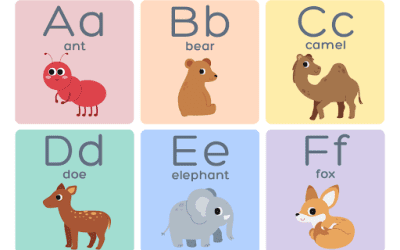With advances in technology, we have increasing options for teaching STEM subjects, and also more avenues to share successful methods.
STEM learning is great for building critical thinking and problem-solving skills. The challenge is how to engage the broad range of students in subjects that are complex and highly sequential.
Dan Sturtevant and Linda Nguyen examine STEM education from a structural perspective in their paper, Understanding STEM Education as a Complex System. They note that math, for instance, is “highly sequential with strong dependencies.”
In other words, if a student passes through ninth grade algebra with weak skills, that student will have a tendency to struggle in any more advanced math course.
Moreover, according to Sturtevant and Nguyen, “Complex systems [are] often characterized by: momentum, delays, oscillations, feedback loops, network effects, tipping points, capability traps, [and] non‐linearities.”
They go on to describe several “failure modes,” or scenarios that leave students disengaged from STEM subjects. One takeaway is the importance of continuity and coherence throughout the STEM education process.
Encouraging Engagement in STEM Learning
Looking at the big picture helps us understand the importance of STEM education at all levels. At the same time, the learning itself occurs day-to-day. So here are some resources to encourage student engagement in STEM subjects:
- STEM occupations: engage your students by truly showing application in the real world. For instance, Lauren Drell gives us 10 Amazing Jobs You Could Land With the Right STEM Education. It can be interesting for students to see how STEM applies to some unexpected occupations (for instance, “Legoland Designer,” or “Tumblr Product Manager”).
- Maria Klawe, president of Harvey Mudd College, says the gender gap has closed substantially in subjects like biology, chemistry, and math. However, the gap remains large in computer science and electrical engineering.
At Harvey Mudd we’ve focused on changing four things about learning CS: make it fun, make it relevant, make it not scary and make it clear that lots of kinds of people have careers involving CS. We changed the context of the intro course to “creative problem-solving in science and engineering using computational approaches with Python” instead of “learn to program in Java” and made sure that the homework assignments were a lot of fun. We did not reduce the level of rigor or challenge, and we increased the amount of programming.
- The maker movement promises to have increasing impact on STEM instructional design. Sylvia Libow Martinez and Gary S. Stager give us a good overview in their article, “Making Matters! How the Maker Movement is Transforming Education.”
- Looking for some specific resources to incorporate maker projects into your courses? Check out instructables.com, which has instructions for creating an impressive variety of items for all walks of life.




